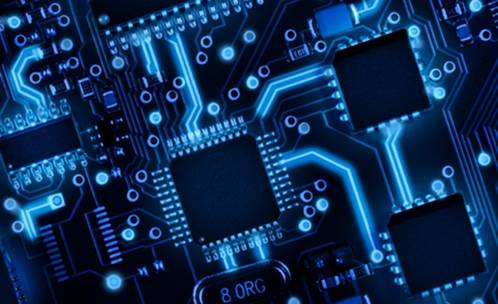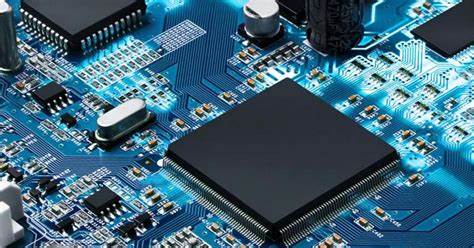The fourth industrial revolution (often referred to as industry 4.0) triggered a series of technological changes that involved digital, physical, and biological fields, with an impact that covered almost every aspect of our lives.
We have seen its impact on e-commerce, physical retailing, transportation and logistics.Customers in these industries are increasingly using mobile devices for shopping and their needs are becoming more personalized. They want instant service, so if companies don't adapt to the industry 4.0 trend, they will soon be obsolete.
With the rapid development of technology, companies often choose not to develop new solutions from scratch, but to collaborate with elite institutions such as universities, venture capital firms and business incubators to form an innovative model of development based on proven technologies.
The core of industry 4.0 lies in the transformation of supply chain.For honeywell, we've been working on multiple parts of the value stream -- from distribution centers to retail showrooms -- for years to develop new technologies to address these unique challenges.Eventually we found that the key to solving the problem is the software.Without the help of software, physical devices cannot bring more value.Only by combining intelligence, computing power and software can products play their full role and make the idea of connected distribution centers a reality.

At honeywell, more than 50% of engineers are software engineers.We are developing software that allows honeywell to adapt quickly to new technologies so that we can better serve our customers.Based on my understanding of the future needs of partners and customers, I believe that the fourth industrial revolution has four pillars --
Cloud and network security cloud software platform is the key to popularize Internet products in the future, it will become an important basis for the implementation of new technologies.This emerging platform and infrastructure is critical to the transformation.More and more machine data and functionality will be deployed to the cloud to bring more data-driven services.With more and more cloud deployments, there are higher requirements for secure and reliable communications, as well as for the complex identity and access management of machines and users.
The industrial Internet of things (IoT) I mentioned earlier that software is going to be an important part of change.We've seen three different phases of the software revolution, or what I would call the Internet of things revolution.A decade or so ago, people were only at the level of connecting Internet of things devices to software on cloud platforms.After a few years, the connection becomes a closed loop of bidirectional connections between physical devices and their digital objects.
Today, we can see that all devices are intelligent and autonomous.In this process, we need to adapt to emerging technologies and apply them to products, so as to make our products and services different.Field equipment will communicate and interact with each other through more centralized controllers.
Machine learning and big data in industry 4.0, machine learning is divided into two revolutionary stages.The first phase is a robotic process based on programmable logic controllers (PLCS), in which software is hard-coded to perform specific repetitive tasks (such as cutting metal with the arm of a CNC machine).The next generation of machine learning is mainly about real-time data processing.For example, systems of this era can view and manage the pickup of boxes by robotic arms in nanoseconds.The ability of machines to collect data from many different sources and perform comprehensive analysis is growing rapidly, which is also laying the foundation for further development of machine learning algorithms.
Driven by the rapid development of shopping network, the autonomous system will usher in the robot era in the e-commerce operation center.The price of robots will continue to fall, and they will only have more functions than the robots used in manufacturing today.We recently began working with a leading research university to develop the next generation of ai and robotics technologies for distribution centers.Robots can effectively improve the efficiency of large integrated distribution centers.
These four pillars make the supply chain more efficient.All solution providers have to do is understand these industries and how their supply chains operate, and then provide them with integrated systems to improve their bottom line.
We are currently undergoing the industry 4.0 revolution, and at this rate, industry 5.0 seems to be just around the corner.As products become more connected, we are developing security solutions and achieving efficiencies across the supply chain that would have been unimaginable a decade ago, and software will be one of the main drivers driving us forward.

 انگلیسی
انگلیسی  چینی
چینی  آلمانی
آلمانی  کره ای
کره ای  ژاپنی
ژاپنی  فارسی
فارسی  Portuguese
Portuguese  Russian
Russian  اسپانیایی
اسپانیایی 





